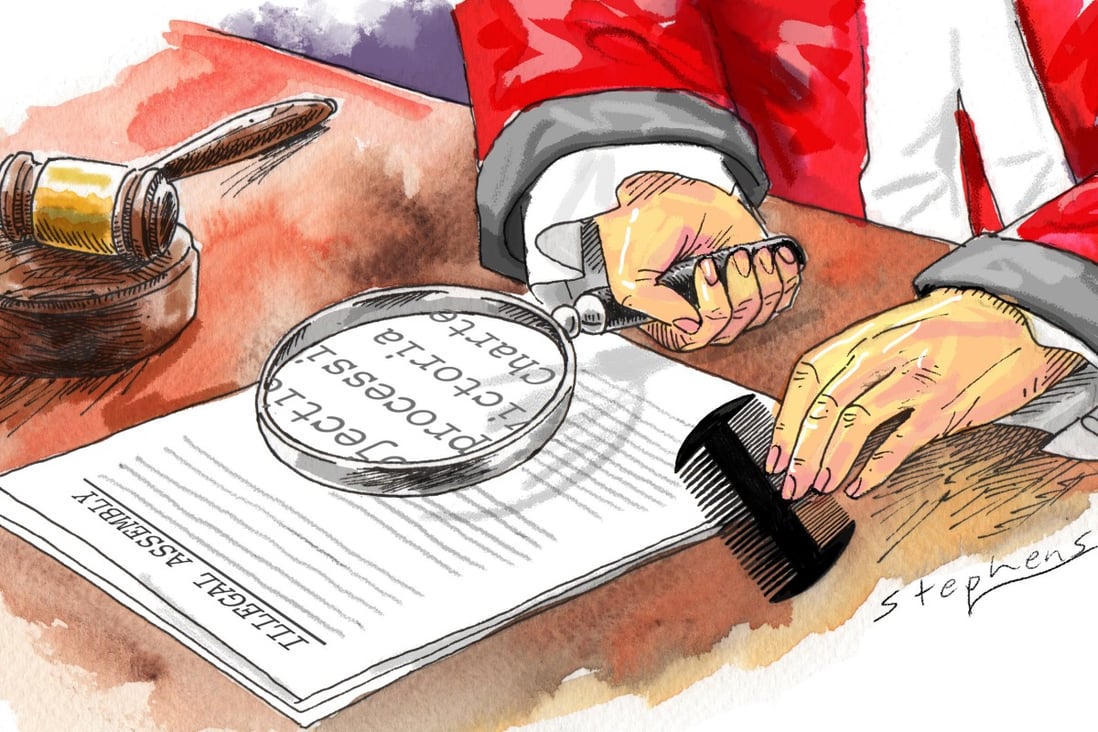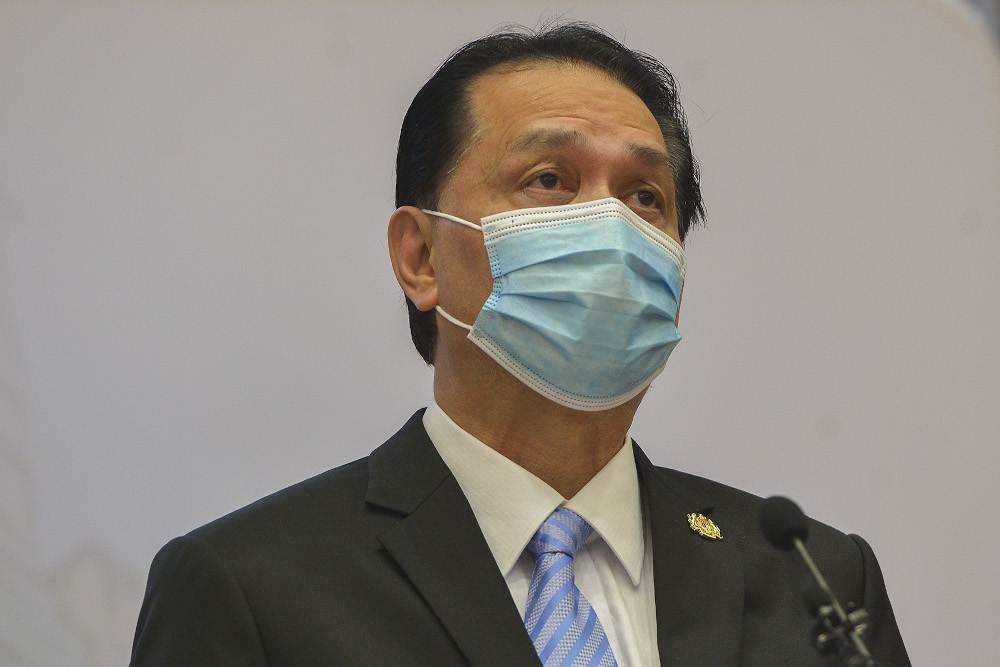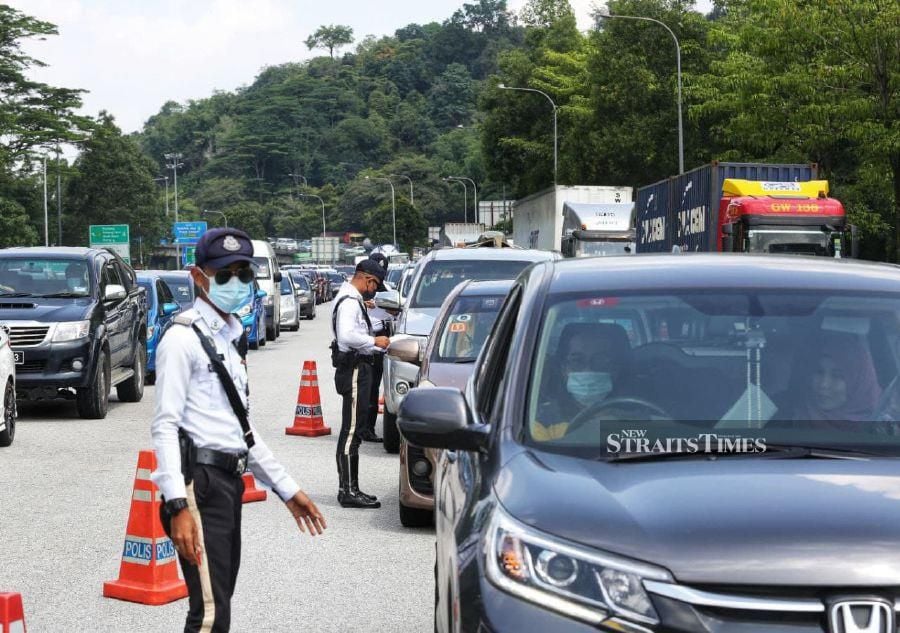Hong Kong pro-democracy activists were jailed on sound legal grounds, not Beijing’s orders
- The judge who found them guilty of organising and being involved in an unlawful assembly acted with meticulous care and based her judgment on irrefutable evidence
- The idea that Beijing practised ‘ruthless oppression’ on Hong Kong through the court proceedings is nonsense
Illustration: Craig Stephens
On April 16, a District Court sentenced nine prominent “activists” to imprisonment, with some sentences suspended, for organising and taking part in an unlawful assembly, under the Public Order Ordinance. This is a long-standing statute dating back to colonial times.
The sentencing led immediately to condemnation by Western leaders and the media. Chris Patten said the sentences showed Beijing’s “comprehensive assault on Hong Kong’s freedoms”. An editorial in The Australian carried the headline “Courageous Hong Kong democrats crushed”. The article went on to refer to the sentences as reflecting “the ruthless oppression Beijing is inflicting on the territory”.
This was a gross insult to Judge Amanda Woodcock, following a trial where the accused were
represented by six Senior Counsel and a whole host of junior barristers. Plainly, the critics didn’t read the
judgment. Anyone bothering to do so would see that the judge acted with meticulous care, giving due weight to all the safeguards the common law affords to all accused persons.
The offences occurred on August 18, 2019. By that time, the insurgency, which started at the end of June, had gathered deadly momentum, following the
trashing of the Legislative Council chamber on July 1.
The chamber was the symbolic centre of Hong Kong’s democracy. When the July 1 outrage occurred, the accused persons – all leaders of the democratic movement – had a choice: defend the values which the Legislative Council chamber stands for, or side with the insurgents, to trash its values. They chose the latter course.
A few days before August 18, the organisers gave notice to the police of their intention to do the following: conduct a large public meeting in Victoria Park; then mount a public procession starting from Victoria Park to Chater Road, and; conduct another public assembly at Chater Road.
Judge Woodcock’s judgment gives meticulous details as to what followed after such notification. It shows police tolerance, and care taken by the authorities to explain the reasons for their decisions. They focused on ensuring public order and public safety.
The demonstration was aimed, largely, at expressing hatred towards the police for alleged brutality in the previous several weeks. There was every chance that passions would be aroused, resulting in violence.
The following are the steps taken, leading to the events on August 18:
There was not the slightest doubt that the defendants knew full well that the procession from Victoria Park to Chater Road was, in light of police objections, unlawful.
During the procession, some of the defendants vaunted the march’s illegality by shouting slogans: this was meant to encourage others to join them.
There had, prior to August 18, been occasions when a procession which started peacefully turned violent. On the day in question, the police tried to be as inconspicuous as possible, knowing that their mere presence might arouse discontent: hence the requirement for the organisers to have 200 marshals for crowd control.
As Judge Woodcock found, as the number of people arriving in Victoria Park increased, the police were “subjected to a barrage of verbal abuse, foul language and insults”.
The entire day’s proceedings received continuous news coverage. Video footage showed a huge banner unrolled in the afternoon printed with the words “Stop the police and gangsters from plunging Hong Kong into chaos, implement the 5 demands” and a picture of a woman with a wounded eye.
Video footage also showed all the defendants, except Margaret Ng Ngoi-yee, who joined the party a few minutes later, carrying the banner aloft, leaving Victoria Park. Lee Cheuk-yan held a microphone and walked in front. As he chanted slogans, the other defendants responded. The banner party led the procession all the way to Chater Road. This took up the width of a carriageway.
What possible defence was there to the two public order charges?
Several of the defendants were lawyers. The cynicism they displayed in court is staggering. Their defence was that the police had abnegated their duty to disperse the crowd safely. They claimed that what they led, under the banner, was not a procession; it was simply a technique to help disperse the crowd.
The fact that they were inciting others along the way to join the procession, the fact that they had passed several MTR stations and never once asked the crowd following them to disperse – all that, they claimed, could be ignored. During the procession, Leung Kwok-hung chanted repeatedly: “I have the right of procession. No police permission is required” and “I have the right to protest”.
The sentencing led immediately to condemnation by Western leaders and the media. Chris Patten said the sentences showed Beijing’s “comprehensive assault on Hong Kong’s freedoms”. An editorial in The Australian carried the headline “Courageous Hong Kong democrats crushed”. The article went on to refer to the sentences as reflecting “the ruthless oppression Beijing is inflicting on the territory”.
This was a gross insult to Judge Amanda Woodcock, following a trial where the accused were
represented by six Senior Counsel and a whole host of junior barristers. Plainly, the critics didn’t read the
judgment. Anyone bothering to do so would see that the judge acted with meticulous care, giving due weight to all the safeguards the common law affords to all accused persons.
The offences occurred on August 18, 2019. By that time, the insurgency, which started at the end of June, had gathered deadly momentum, following the
trashing of the Legislative Council chamber on July 1.
The chamber was the symbolic centre of Hong Kong’s democracy. When the July 1 outrage occurred, the accused persons – all leaders of the democratic movement – had a choice: defend the values which the Legislative Council chamber stands for, or side with the insurgents, to trash its values. They chose the latter course.
A few days before August 18, the organisers gave notice to the police of their intention to do the following: conduct a large public meeting in Victoria Park; then mount a public procession starting from Victoria Park to Chater Road, and; conduct another public assembly at Chater Road.
Judge Woodcock’s judgment gives meticulous details as to what followed after such notification. It shows police tolerance, and care taken by the authorities to explain the reasons for their decisions. They focused on ensuring public order and public safety.
The demonstration was aimed, largely, at expressing hatred towards the police for alleged brutality in the previous several weeks. There was every chance that passions would be aroused, resulting in violence.
The following are the steps taken, leading to the events on August 18:
- Dialogue between the police and the organisers
- The police response to the organisers’ notification: no objections to the public assembly in Victoria Park, conditional upon the organisers arranging for 200 marshals responsible for crowd control.
- Objection to the procession from Victoria Park to Chater Road.
- Objection to the public assembly at Chater Road.
- An Appeal Board, a body independent of the police, hearing the organisers’ grievances about the police objections. The appeal was dismissed by the board.
- Press conferences and interviews by the organisers, urging people to fill up Victoria Park, and complaints that the police had no plans for crowd dispersal.
There was not the slightest doubt that the defendants knew full well that the procession from Victoria Park to Chater Road was, in light of police objections, unlawful.
During the procession, some of the defendants vaunted the march’s illegality by shouting slogans: this was meant to encourage others to join them.
There had, prior to August 18, been occasions when a procession which started peacefully turned violent. On the day in question, the police tried to be as inconspicuous as possible, knowing that their mere presence might arouse discontent: hence the requirement for the organisers to have 200 marshals for crowd control.
As Judge Woodcock found, as the number of people arriving in Victoria Park increased, the police were “subjected to a barrage of verbal abuse, foul language and insults”.
The entire day’s proceedings received continuous news coverage. Video footage showed a huge banner unrolled in the afternoon printed with the words “Stop the police and gangsters from plunging Hong Kong into chaos, implement the 5 demands” and a picture of a woman with a wounded eye.
Video footage also showed all the defendants, except Margaret Ng Ngoi-yee, who joined the party a few minutes later, carrying the banner aloft, leaving Victoria Park. Lee Cheuk-yan held a microphone and walked in front. As he chanted slogans, the other defendants responded. The banner party led the procession all the way to Chater Road. This took up the width of a carriageway.
What possible defence was there to the two public order charges?
Several of the defendants were lawyers. The cynicism they displayed in court is staggering. Their defence was that the police had abnegated their duty to disperse the crowd safely. They claimed that what they led, under the banner, was not a procession; it was simply a technique to help disperse the crowd.
The fact that they were inciting others along the way to join the procession, the fact that they had passed several MTR stations and never once asked the crowd following them to disperse – all that, they claimed, could be ignored. During the procession, Leung Kwok-hung chanted repeatedly: “I have the right of procession. No police permission is required” and “I have the right to protest”.

Leung Kwok-hung: “I have the right of procession. No police permission is required” and “I have the right to protest”
The judge patiently entertained the defence. In the end, her finding was crystal clear: the intention was to flout the law and thwart the ban. Each defendant had that criminal intent beyond a reasonable doubt. No objective person, reading her judgment, could possibly find fault with that conclusion.
Another defence put up by the accused, of even greater cynicism, was that the sections of the Public Order Ordinance under which they were charged were “unconstitutional”.
The provisions in the ordinance that were under attack had been in the statute book all the time the lawyer-defendants were members of Legco. If such a law was fundamentally wrong, what did they do about it while they were lawmakers? The judge, again with admirable patience, dismissed the challenge.
What, one might ask rhetorically, had Beijing to do with this case? The notion that Beijing practised “ruthless oppression” on Hong Kong through the District Court proceedings is utter nonsense.
Henry Litton is a retired Court of Final Appeal judge and author of “Is the Hong Kong Judiciary Sleepwalking to 2047?”
Another defence put up by the accused, of even greater cynicism, was that the sections of the Public Order Ordinance under which they were charged were “unconstitutional”.
The provisions in the ordinance that were under attack had been in the statute book all the time the lawyer-defendants were members of Legco. If such a law was fundamentally wrong, what did they do about it while they were lawmakers? The judge, again with admirable patience, dismissed the challenge.
What, one might ask rhetorically, had Beijing to do with this case? The notion that Beijing practised “ruthless oppression” on Hong Kong through the District Court proceedings is utter nonsense.
Henry Litton is a retired Court of Final Appeal judge and author of “Is the Hong Kong Judiciary Sleepwalking to 2047?”



































.jpg)